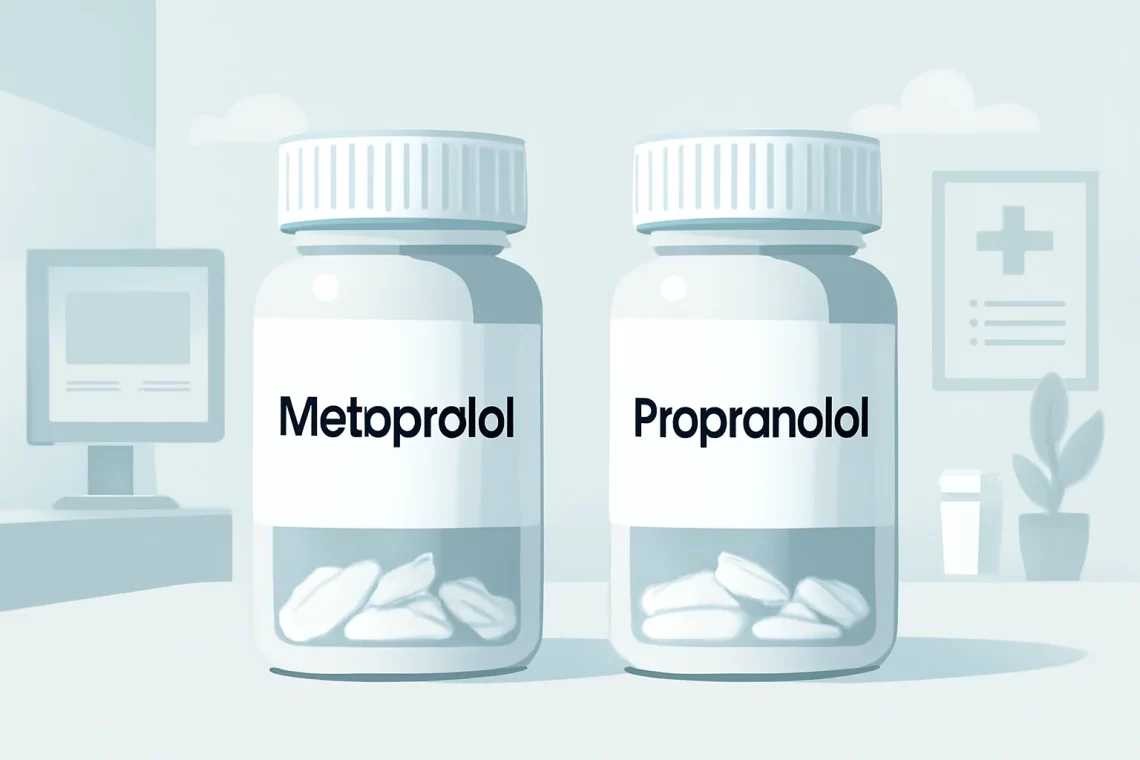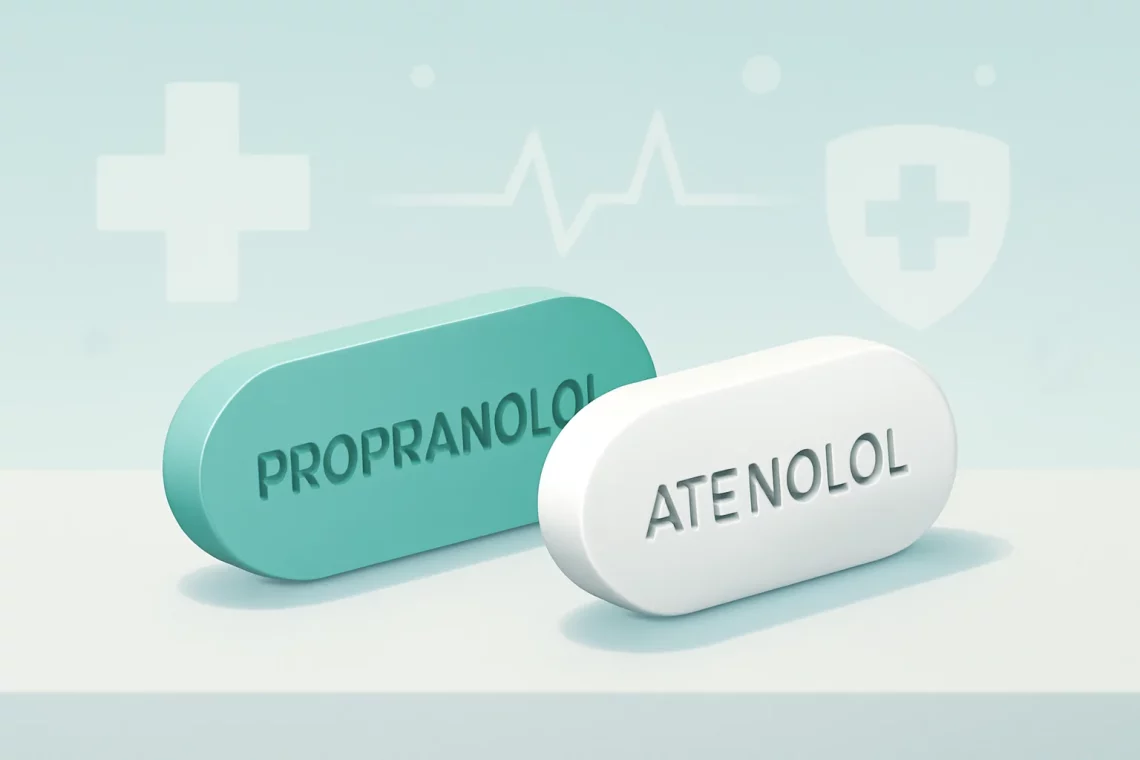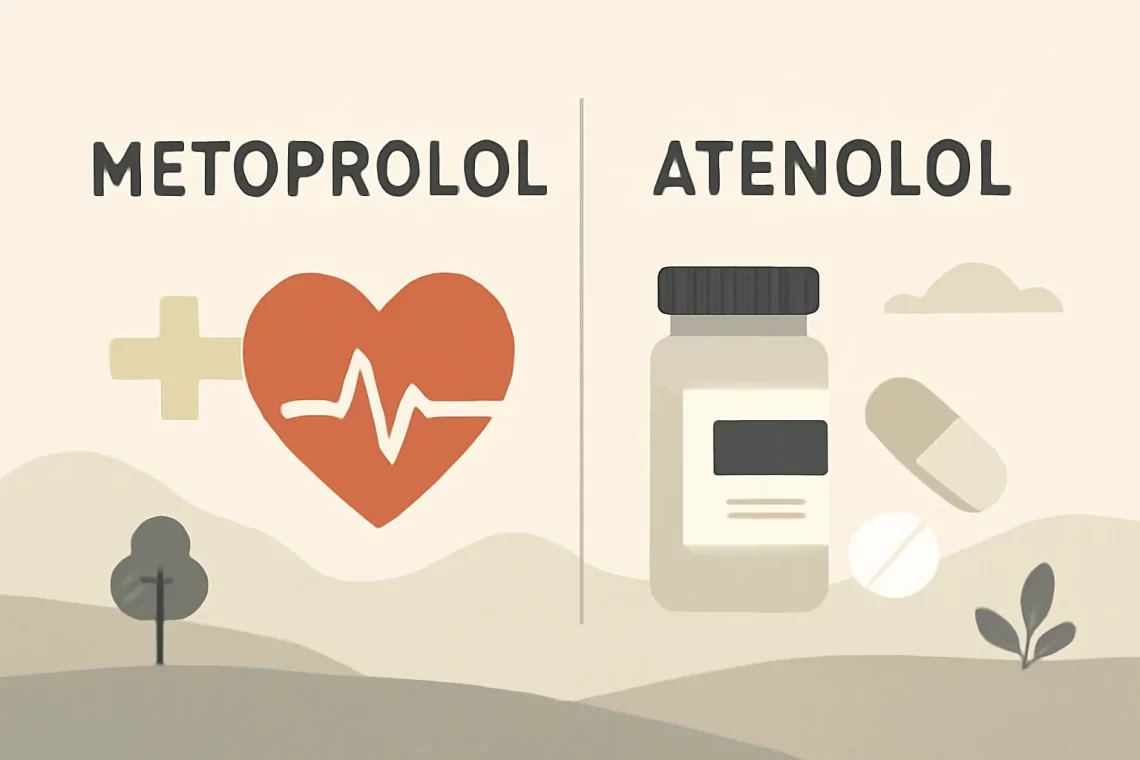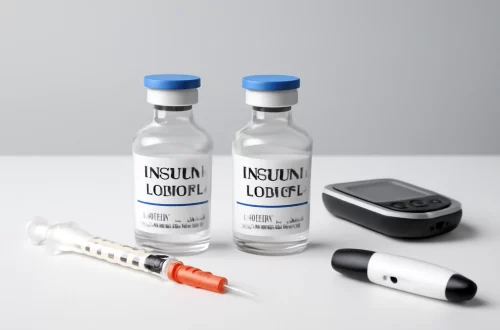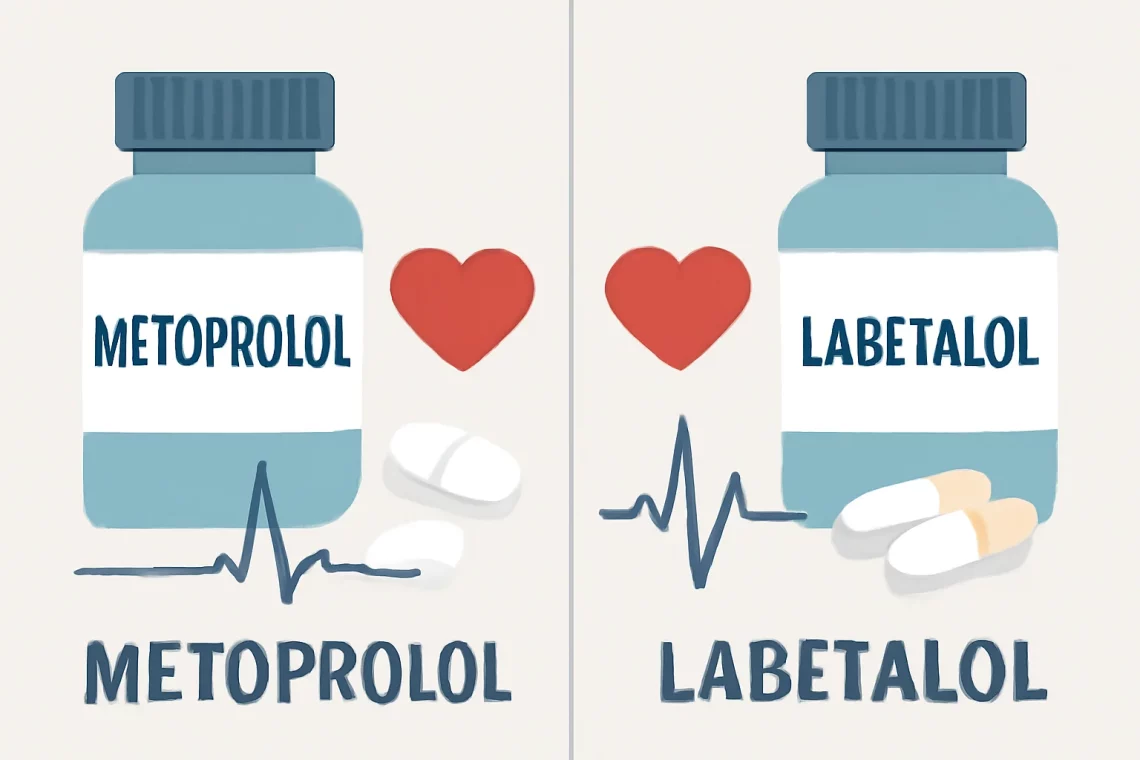-
Metoprolol vs Nadolol: Key Differences and Uses Explained
Metoprolol and Nadolol are two common medications belonging to the class of beta-blockers, which are widely used in the management of various cardiovascular conditions. These medications help in lowering blood pressure, reducing heart rate, and alleviating symptoms associated with heart-related ailments. Beta-blockers work by blocking the effects of adrenaline on beta-adrenergic receptors, thus decreasing the heart’s workload and improving overall cardiac efficiency. The choice between Metoprolol and Nadolol often depends on the specific health needs of the patient, the presence of other medical conditions, and how well they respond to treatment. While both medications serve similar purposes, their pharmacokinetics, side effects, and specific indications can vary significantly. Understanding these differences…
-
Metoprolol vs Toprol XL: Key Differences and Similarities Explained
Metoprolol and Toprol XL are frequently discussed in the context of cardiovascular health, particularly for individuals managing conditions like hypertension and heart disease. Both medications belong to a class of drugs known as beta-blockers, which work by blocking the effects of adrenaline on the heart and blood vessels. This action reduces heart rate, blood pressure, and strain on the heart, making these medications effective for various heart-related issues. The distinction between Metoprolol and Toprol XL often confuses patients and healthcare providers alike. While they share a common active ingredient, their formulations and dosing regimens can differ significantly. Understanding these differences is crucial for patients who are prescribed these medications, as…
-
Metoprolol vs Bisoprolol: Key Differences and Similarities Explained
Metoprolol and bisoprolol are two commonly prescribed medications that belong to the class of drugs known as beta-blockers. These medications are primarily used to manage cardiovascular conditions, including hypertension (high blood pressure), heart failure, and certain types of arrhythmias (irregular heartbeats). Beta-blockers work by blocking the effects of adrenaline on the heart, which helps to reduce heart rate and lower blood pressure. In recent years, there has been significant discussion among healthcare providers and patients regarding the differences and similarities between metoprolol and bisoprolol. Both medications have proven effective, but they do have distinct characteristics, mechanisms of action, and side effect profiles that may influence the choice of one over…
-
Metoprolol vs Propranolol: Key Differences and Uses Explained
Metoprolol and propranolol are two widely prescribed medications belonging to the class of drugs known as beta-blockers. These medications are primarily used to manage various cardiovascular conditions, such as hypertension, angina, and arrhythmias. However, their mechanisms of action, therapeutic applications, and side effect profiles differ significantly, making them suitable for different patient needs. Understanding these differences is crucial for both healthcare professionals and patients, as it can influence treatment efficacy and safety. Beta-blockers work by blocking the effects of adrenaline on beta-adrenergic receptors, leading to a decrease in heart rate and blood pressure. This class of drugs is beneficial not only for heart-related issues but also for other conditions such…
-
Propranolol vs Atenolol Which Beta Blocker is Right for You
Propranolol and atenolol are both medications belonging to a class known as beta-blockers. These drugs are commonly prescribed for various cardiovascular conditions, including hypertension, angina, and arrhythmias. Beyond their primary uses, beta-blockers have gained attention for their effectiveness in managing anxiety and migraine prophylaxis. As they work by blocking the effects of adrenaline on the beta-adrenergic receptors, they can significantly reduce heart rate and lower blood pressure, leading to improved overall cardiovascular health. Despite their similarities, propranolol and atenolol differ in their specific mechanisms of action, side effects, and therapeutic applications. Understanding these differences can help patients and healthcare providers make informed decisions about which medication is best suited for…
-
Metoprolol vs Atenolol: Key Differences and Similarities Explained
Metoprolol and atenolol are two widely prescribed medications belonging to a class of drugs known as beta-blockers. These medications are primarily used to manage cardiovascular conditions, including hypertension, heart failure, and certain types of arrhythmias. Both metoprolol and atenolol function by blocking the effects of adrenaline on the heart and blood vessels, leading to a decrease in heart rate and blood pressure. This mechanism of action makes them effective in reducing the workload on the heart and improving overall cardiovascular health. The choice between metoprolol and atenolol can depend on various factors, including the specific health condition being treated, patient response to medication, and potential side effects. While both drugs…
-
Metoprolol vs Labetalol: Key Differences and Clinical Uses Explained
Metoprolol and labetalol are both beta-blockers, a class of medications widely used in the management of cardiovascular conditions. These drugs work by blocking the effects of adrenaline on the beta receptors in the heart, leading to reduced heart rate and blood pressure. While both medications serve similar purposes, they differ in their pharmacological profiles, indications, side effects, and mechanisms of action. Understanding these differences is crucial for healthcare providers and patients alike, as it can significantly impact treatment outcomes. Metoprolol is often prescribed for conditions such as hypertension, angina, and heart failure, while labetalol is frequently used for managing high blood pressure, particularly in acute settings. The choice between these…












